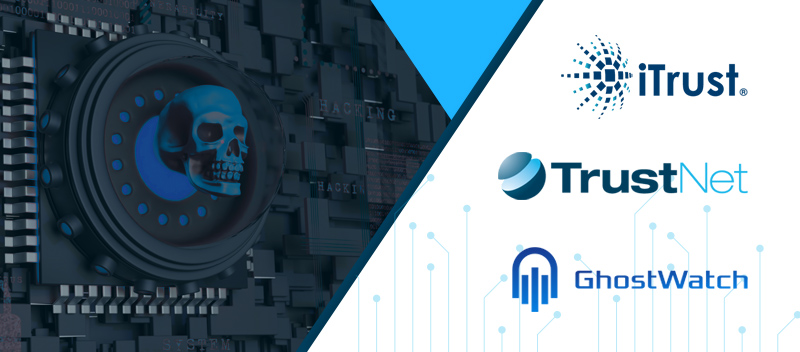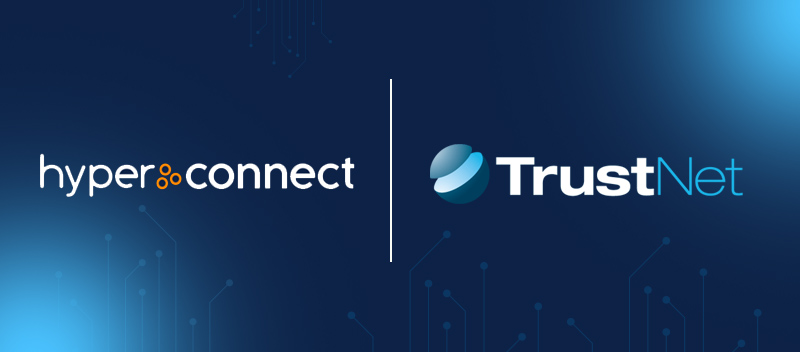Phishing 2024: How to Protect Your Business from New Hacker Tactics

In 2022, there have been 255 million recorded phishing attacks, a good majority of which (76%) were aimed at illegally harvesting user credentials. Unfortunately, stolen or compromised credentials still remain the number one cause of data breaches — which can deal damage worth US$4.45 million on average per successfully orchestrated breach.
While cybercrime figures change over time, four facts remain fairly constant:
- Businesses can no longer ignore or downplay phishing.
- Phishing attacks purposely exploit human vulnerabilities.
- Your personnel constitute the weakest link in your information system.
- Threat actors are getting better at phishing.
This article explores the increasing sophistication and severity of phishing attacks and provides strategies for bolstering the human shield that protects your business.
What are Phishing Attacks?
Phishing is a form of cyberattack aimed at deceiving a human target into taking an action that compromises an information system. These actions include unwittingly downloading malware or sharing sensitive information such as financial data or account passwords. Most phishing attacks are motivated by financial gain, but some are orchestrated as part of sophisticated cybercrimes such as ransomware attacks, corporate sabotage, and advanced persistent threats (APT) sanctioned by adversarial states.
As its name implies, phishing is an umbrella term for many types of digital attacks that use a bait-and-hook model to lure human victims. These subtypes of phishing include:
- Email phishing – The most common type of phishing attack. It involves sending fraudulent emails to recipients to trick them into taking compromising actions. Email phishing includes Business Email Compromise (where a scammer tries to trick an employee into divulging confidential company data) and CEO Fraud (where a scammer poses as a high-level executive to instruct an employee into taking an action such as sending the company’s credit card details or “paying off” a fraudulent billing statement).
- Smishing – This refers to phishing attacks that use SMS (Short Message Service).
- Vishing – These are phishing attacks that use voice-based communication channels such as phones and VoIP
- Spear Phishing – This refers to phishing attacks that target specific types of individuals such as customers of a specific bank, subscribers to an online service, network administrators, and corporate accountants.
- Whaling – This refers to phishing attacks that target “big fish” or “whales” such as CEOs and other C-suite executives.
Phishing attacks can lead to:
- Financial losses. A phishing attack could be used to trick an employee into wiring money to a fraudulent account.
- Data breaches. Phishing attacks can be used to steal sensitive data from businesses, such as customer information, financial data, and intellectual property.
- Business disruption. Phishing attacks that help activate malicious payloads such as ransomware and data wipers could undermine business continuity and halt operations.
- Reputational damage. Phishing attacks can harm a company’s reputation by making it seem like the business is neglecting data security. This can lead to customer attrition and the erosion of trust among partners and other stakeholders.
Emerging Phishing Trends and Tactics
Digital scammers and other cybercriminals are getting better at phishing. They constantly fine-tune their tools and tactics to bypass traditional phishing prevention measures such as spam filters, antivirus software, and email authentication protocols.
Some of the new and alarming techniques now being employed in phishing include:
- Deepfake technology – This technology can be used to create realistic videos and audio recordings of people saying or doing things that they never actually said or did. Phishing attacks that use deepfake technology can be very convincing and difficult to detect.
- Generative AI – Advanced artificial intelligence like ChatGPT and Midjourney can create highly persuasive and targeted email copy and graphics that can dupe even security-conscious individuals.
- Social engineering – While the concept of social engineering is as old as the human species, the prevalence of digital spaces and interconnectedness makes social engineering a very powerful tool for manipulating people. In particular, social media and open-source information have been weaponized by scammers and other cybercriminals to reinforce their phishing campaigns.
- Advanced Phishing kits – Phishing kits are software packages that make it easy for anyone — even those with little technical skills — to launch phishing attacks. Composed of phishing emails, spoofed webpages, and malware, these kits have become more accessible to both experienced and budding scammers.
Strategies for Protecting Your Business
For organizations, phishing is a constant threat that has a technical and a human dimension. Hence, only a proactive and holistic approach can effectively mitigate the impact of phishing and significantly reduce its success rate.
Here are some strategic steps you can take:
- Conduct employee training. IT security awareness training remains one of the best ways to protect businesses from phishing attacks. Train your staff on how to identify phishing attacks and how to report them.
- Implement Multi-factor Authentication (MFA). This protocol adds an extra layer of security by making it more difficult for cybercriminals to gain access to accounts even if they have stolen a user’s password.
- Use Secure Email Gateways (SEG). This product uses signature analysis, machine learning, and encryption to filter out malicious emails before they reach employees’ inboxes and to ensure email confidentiality and integrity.
- Deploy other anti-phishing tools. These include SOAR platforms, URL filters, cloud security services, and other defensive measures.
- Enforce basic computer hygiene and security best practices (e.g., stronger passwords) across your organization.
- Perform regular penetration testing via an experienced third-party provider like TrustNet to safely launch simulated phishing and other cyberattacks against your IT infrastructure. This process helps you detect security weaknesses, assess the resilience of your staff, and take remedial actions to continuously improve your defensive layer.
Combating Phishing Attacks
Phishing is an ongoing threat that you can’t fight alone. A safer digital ecosystem for individuals and organizations can be maintained only when companies share information with other businesses and law enforcement agencies. Here are some ways you can contribute to the collective effort:
- Have a reporting process in place for sharing intelligence with law enforcement and for sending relevant or mandated notifications to authorities (such as the FBI and its Internet Crime Complaint Center) and regulatory bodies (such as the Federal Trade Commission).
- Encourage employees to report phishing attacks to your IT security team.
- Share threat intelligence with other businesses through crowdsource platforms (such as PhishTank), ethical hacker communities, and cybersecurity-focused nonprofits.
- Participate in anti-phishing initiatives such as the Anti-Phishing Working Group (APWG)
- Partner with a dependable managed security provider like TrustNet to remain assured that you are not fighting the battle against phishing alone. Notably, TrustNet and its leadership also play active roles in the collective effort against cybercrime.
Conclusion
Phishing attacks represent a serious and relentless threat to businesses of all sizes. They have also grown more sophisticated and severe.
Organizations dare not stand idly by. Nor remain dependent on security measures that might have worked a few years ago but have become ineffective against the advanced tools and refined tactics cybercriminals now use to bypass security controls and deceive even tech-savvy staff.
Call a security expert to learn how best to protect your business.




